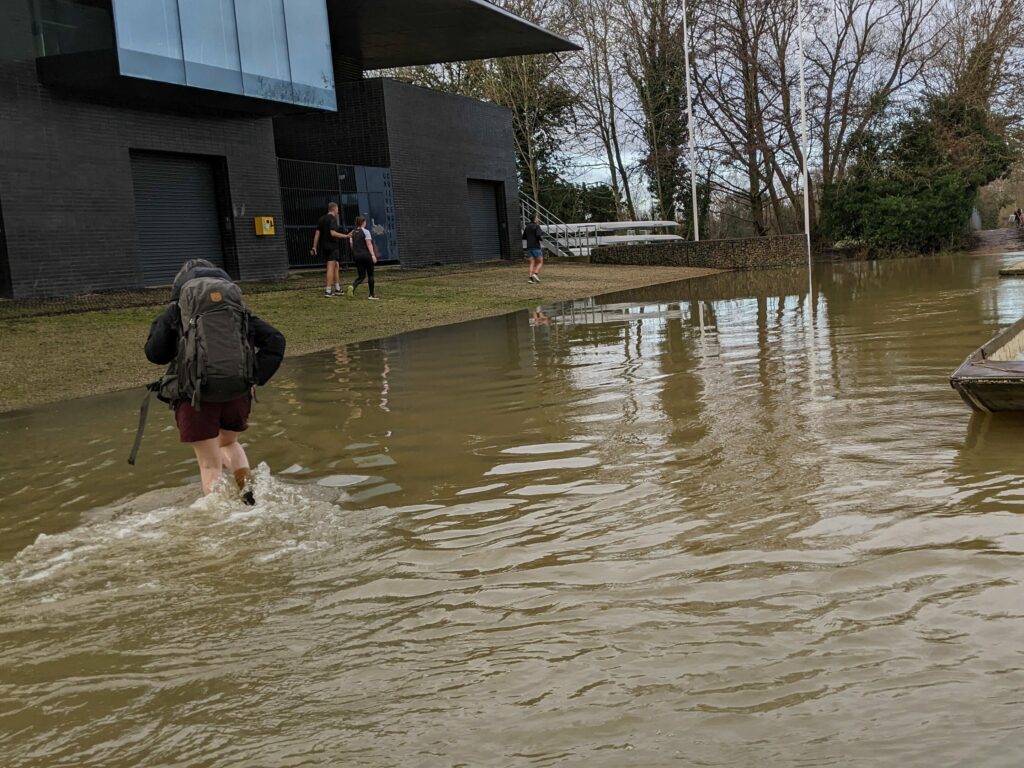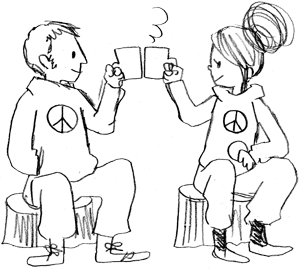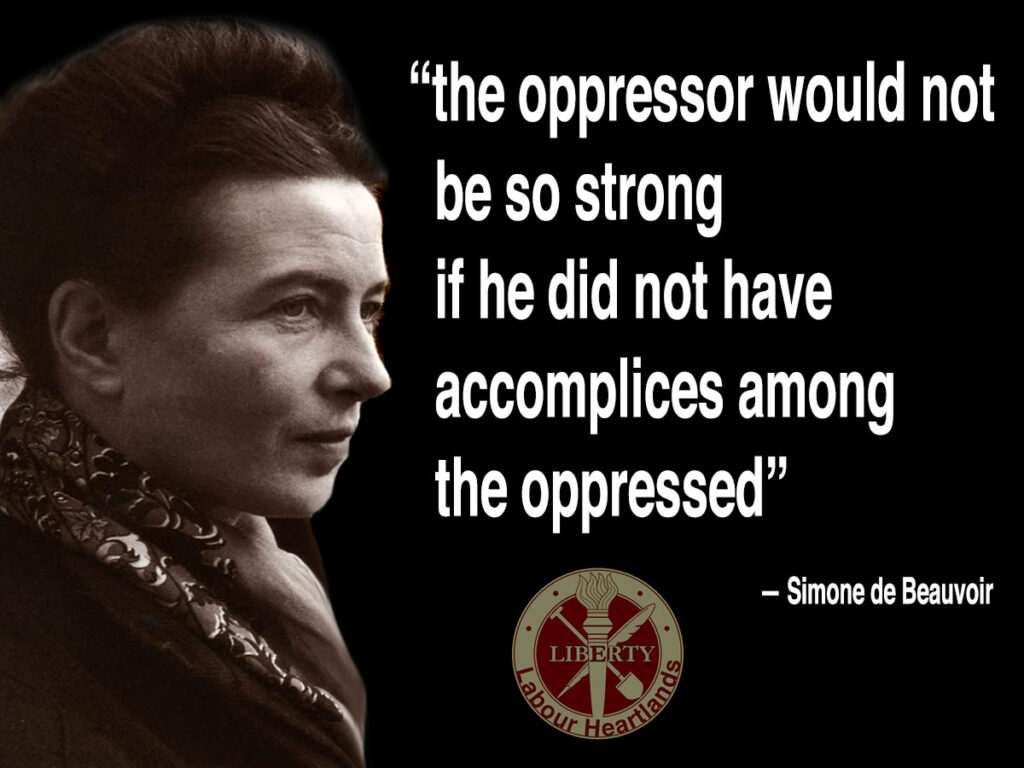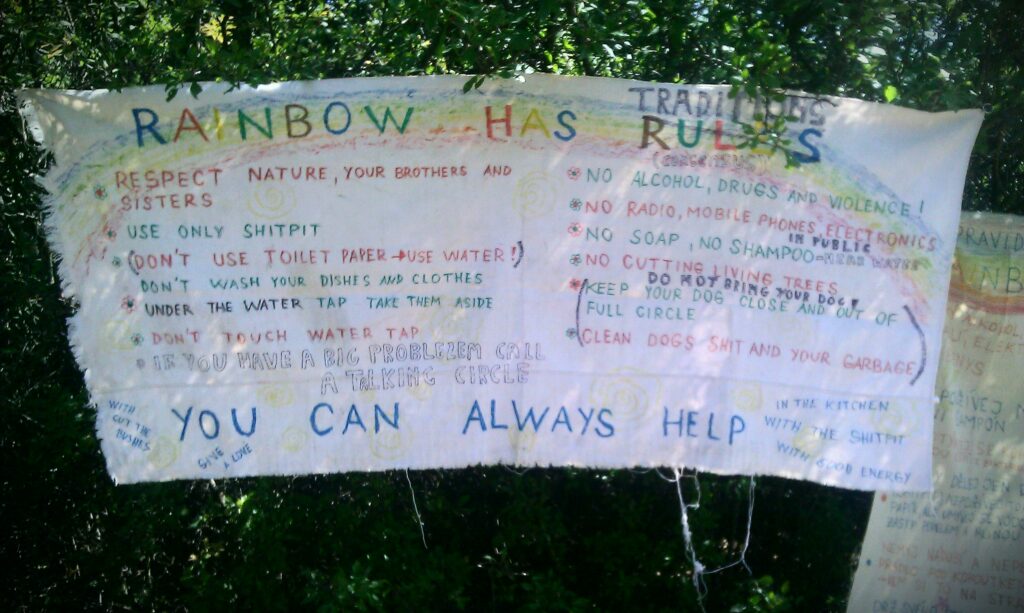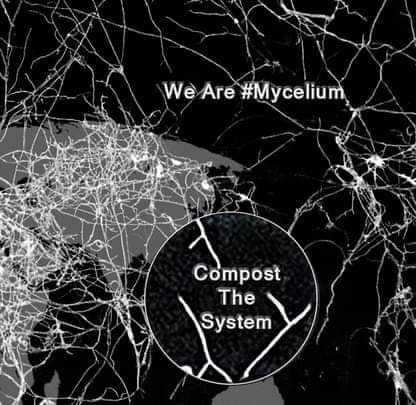Most of the mess, and most of the #blocking, comes down to the same old story – ownership and control. Who holds the keys? Who decides? Who gets locked out? Instead of wrestling in that cage, the #OMN takes a simpler path: we walk away.
We put a class of media into the commons, governed openly through the #4opens: open data, open process, open source, and open standards. That means no one can close it down, hoard it, or fence it off for profit. The value comes from the shared pool, not from gatekeeping.
This is the heart of #KISS in the #OMN: make the flows work first, in ways people can understand, and build trust on top of that. The tech exists to serve these flows, not to dictate them. This isn’t about perfect crypto or hard lockdowns; it’s about commoning media so that everyone has the right to read, share, and build on it.
Yes, the #mainstreaming mess will eventually follow us – as it always does. But the plan and hope is that by the time it catches up, the habits, culture, and expectations we’ve grown around open media will have shifted society enough that the old traps won’t work the same way. If we’ve done our job, the default will be more open, collaborative, and accountable, not locked down. That’s the #KISS path: simple, resilient, and grounded in the commons.

On the #OMN with #indymediaback and #makeinghistory paths – We’re not talking about a single bridge, but a federated ecosystem, with the current example of both #DAT and #ActivityPub running on the same server, sharing a common database of media objects. As the data flows, text and metadata are redundantly stored in the open (#4opens). That way, if one server gets hacked, it can simply be rolled back and restored from the wider pool. #KISS
The P2P side works much like #nostr in that it can have a list of flows in and out to servers and can use any of these to publish and receive media on the #openweb. The advantage of the #p2p app side is that each local app in a backup for the online servers (see #makeinghistory), which as critics say can be, and will be, taken down some times. Also, they will work in their own right for people who need a more locked down path, and this will be needed in more repressive spaces and times. The clear advantage is this still gives them outflows to the wider #mainstreaming client server media outreach, to what matters, effect, so it ticks both boxes.
We aim to solve technical issues with human-understandable social paths, not hard tech for its own sake. Yes, in a minority of cases hard tech will be needed – but that’s for the #geeks to solve after the working social paths are clear, not before.
We fix problems through #KISS social processes and #4opens transparency, not by defaulting to encryption and lockdown. Hacking is outside the focus scope of the #OMN. What we’re building is about trust and flows, not code as an end in itself. Hacking belongs on the #geek paths – useful, but only after the trust and flows are established. The code should be there to secure what’s been built, not to block it before it exists.
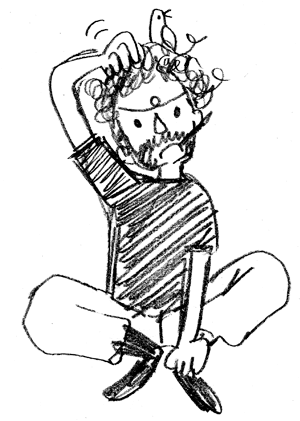
Without trust and working flows, there’s no value at all, no matter how secure, encrypted, or elegant the tech stack. If the campaigns, activism, and people aren’t using it, the system is pointless. And being pointless is something we need to be more honest about. Building for the sake of building, while ignoring the social, community layer, feeds the #geekproblem and starves the movement.

So, what can people actually do in the real world to make this path happen?
- If you have resources, you can help fund the development work – keeping it in the hands of the people actually building the open commons, not some corporate gatekeeper.
- If you’re technical, you can code the applications and servers that power the flows. We need builders who understand that trust and usability come first, not shiny tech for its own sake.
- If you work in UX or testing, you can make sure what we build is something real people can actually use and trust – simple, clear, and accessible.
- If you do media, you can tell the story. Write, film, photograph, blog, podcast – whatever it takes to spread the word. The more people hear about an alternative that works, the more chance it has to grow.
Whatever your skills or resources, the important thing is to get involved in the flow. This is not a spectator sport, and the is unlikely to be pay, it’s #DIY so the commons will only be built if we build it together. #KISS #4opens #OMN


